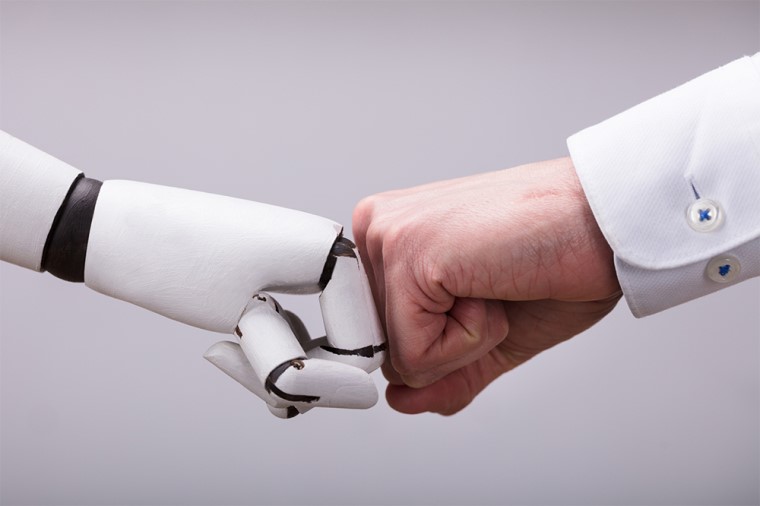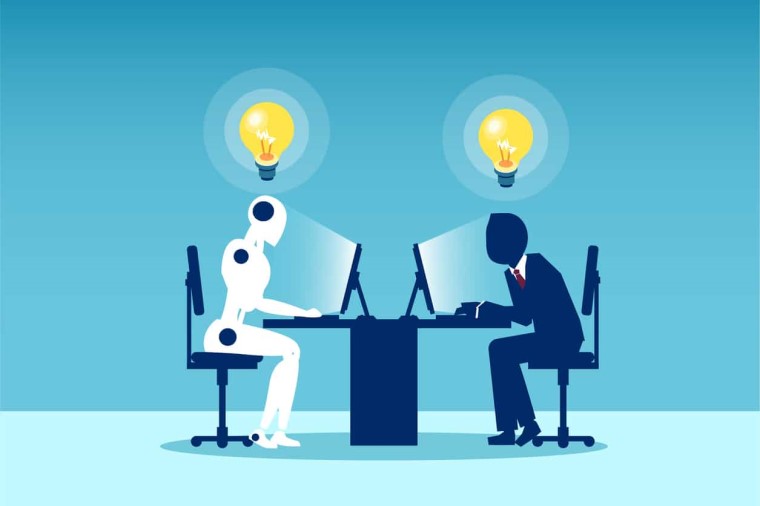MTPE: Definition, Advantages & Disadvantages, and Best Practices
-
 AUTHOR Jennie Tran
AUTHOR Jennie Tran - PUBLISHED ON: 4월 11, 2023
- PUBLISHED IN: Translation

Contents
Definition
MTPE or Machine Translation Post-Editing, is the process whereby a translation performed by a computer is later post-edited by a specialist linguist to refine the text and ensure that the final work meets the client’s expectations. This blog will explore the benefits of using MTPE and why it has become an increasingly popular method in the language field.

Advantages of MTPE
- Cost-effective: MTPE is often more cost-effective than traditional translation methods, as it leverages the efficiency of machine translation (MT) technology while also utilizing human expertise to ensure accuracy and quality. MTPE can save companies up to 40-60% on translation costs compared to traditional translation methods, according to a report by Common Sense Advisory.
- Faster turnaround times: MTPE can also be a time-saving method, particularly for businesses that require large volumes of content to be translated quickly. By using machine translation technology as a starting point, the post-editing process can be completed in shorter time than traditional translation methods.
- Customizable: MTPE can be customized to fit specific business needs, with the level of post-editing being adjusted based on the desired quality level and target audience.
- Consistency: MTPE can help maintain consistency in translations, as the machine-generated translation can be programmed to adhere to specific terminology, style guides, or other guidelines, which are then reviewed and refined during the post-editing process, ensuring consistency across the translated content.
- Customizable: MTPE can be customized to fit specific business needs, with the level of post-editing being adjusted based on the desired quality level and target audience.
- Increased productivity: MTPE allows translators to work more efficiently, as they can leverage the machine-generated translation as a starting point and focus on editing and refining the content, rather than translating from scratch. This can result in higher productivity levels.
- Scalability: MTPE can be particularly useful for handling large volumes of content, making it a scalable option for translation projects with tight deadlines or high volumes of content.

Disadvantage of MTPE
- Quality concerns: Despite improvements in machine translation technology, the quality of machine-translated content is still a concern. A recent study has found that 90% of companies surveyed reported quality issues with machine-translation output.
- Cultural nuances: Machine translation systems struggle with translating cultural nuances, leading to translations that can be inappropriate or offensive. For example, machine translation systems may translate idiomatic expressions literally, leading to confusion or misunderstanding.
- Limited language coverage: Machine translation systems perform best for widely-spoken tongues such as English, Spanish, and French. However, less commonly spoken languages may not have the same level of automatic translation support available.
- Increased effort for extensive editing: In cases where the machine-generated translation is of low quality, extensive editing may be required during the post-editing process, which could negate the time and cost savings initially expected from using machine translation.
- Loss of creative or stylistic elements: Machine translation may not fully capture the creative or stylistic elements of the source content, resulting in a loss of original voice or tone. This could require additional effort during the post-editing process to ensure that the final translated content retains the intended style and tone.

Best Practices
With the increasing use of machine translation (MT) in various industries, including localization and content creation, there is a growing need for effective post-editing to ensure the quality and accuracy of machine-translated content.
To achieve the best results in MTPE, it is essential to follow best practices.
Firstly, it’s important to understand the limitations of machine translation and set realistic expectations for post-editing. MT output should be used as a draft, not a final translation.
Secondly, post-editors should have a deep understanding of the source and target languages, as well as the subject matter, to ensure accuracy and fluency.
Thirdly, adhering to established style guides and glossaries can help maintain consistency in the translated content. Additionally, effectively using CAT (Computer-Assisted Translation) tools and leveraging translation memories can increase productivity and consistency.
Lastly, maintaining a strong feedback loop with the MT system and providing feedback on recurring errors can help improve the quality of future MT output.

Conclusion
MTPE is a valuable tool for businesses requiring high-quality translations while managing time and cost constraints. However, it’s crucial to carefully weigh the benefits and drawbacks to ensure that it’s the best solution for particular subject matter projects. Ultimately, a combination of machine translation and human post-editing may be the most effective way to balance cost savings and quality concerns.
At MOBICO by Saltlux Innovation, we pledge to provide high-quality translation and localization services. We leverage our expertise and advanced technology to deliver accurate translations that meet the highest quality standards. Contact us today to learn more about our transcription and subtitling services.





